Montessori Sound Games: Teaching phonemic awareness
Before children can learn to read, they first need to:
- Have practice hearing and speaking the language
- Understand the meaning of words (vocabulary enrichment)
- Hear the individual sounds in words
- Match the sounds of words with the symbols of our language (letters)
- Link those letters to create words
So if you're observing in a classroom where the children seem to be struggling or a bit sluggish along the road to literacy, you may need to go in reverse through this list to see where the obstacles have arisen.
For example, if the children seem to be avoiding movable alphabet work (step 5), back up and consider what's happening with their sandpaper letter lessons (step 4). (For more info on sandpaper letter lessons, check out our blog post on "Phonograms Made Easy".) If sandpaper letter lessons seem to be going okay, back up and look at sound games (step 3).
I have seen a lot of classrooms where the children are great at hearing the initial sounds in words, okay at hearing ending sounds, but aren't having much luck with middle sounds. Sound familiar?

So, here's the approach I learned from two of my mentors (AMI trainers Gretchen Hall and Shannon Helfrich). For all of these lessons you can either have (1) a box or basket of objects that are familiar to the child which you prepare specifically for sound games or, (2) an empty basket/tray that you use to walk about the room and collect objects that you will use for the sound game. I love this second approach as it inspires children to engage with the environment and shows them that it really is theirs to use in a multitude of ways.
I like to keep the empty basket/tray as one of the first items on my language shelves. This is a reminder to me to give sound game lessons and also a reminder to the children that they can choose the sound game just like any other work.
Lesson 1: Initial sounds
The first time you play the sound game, you want to make it incredibly obvious to the child what you are doing...so s/he can't fail. For example, while you are just standing next to a young child you could say, "I'm thinking of something on your foot that starts with the sound 'shhh.'" The child has a very high probability of knowing what you're talking about and saying "shoe." Then, simply repeat the word, being very careful to articulate all of its sounds: "shhh uuueeee." Continue with a few more obvious examples (like shirt, pants, dress, etc.) until you are sure the child gets the idea of the game.
Then, on another day, you can continue with a collection of objects placed on a rug or table. Say, "I'm thinking of something on the rug that starts with the sound 'ssss.'" Wait and see if anyone identifies the scissors. If not, repeat the sound 'sssss' and put your hand right next to the scissors. Remember, we want them to succeed so giving little hints is fine.
Continue in this way until all of the objects have been identified. Then, mix up the objects and do it again! Remember that the child has a natural tendency towards repetition. Doing things again and again is what leads to mastery. But, like a good entertainer, know when to stop just before they've had enough. You want to leave them wanting more. The game itself should only last a few minutes.
If the children are collecting objects from the room, don't worry if they gather more than one object that starts with the same sound. The game will still work well. Just remember to always articulate all of the sounds in the object's name once it is found.
Here is an example of the initial sound game from Anitra Ruth's classroom at Zanetti Public Montessori School. This and the following clip were recorded for the Neuroscience & the Classroom course created by the Annenberg Foundation together with the Harvard Science Media Group (recorded in May of 2012). These children have already gathered 10 items from the room to use in the game.
There are a couple of experienced teacher tricks to notice in the above video. First, because this is a larger group of children, Anitra asks each child to find a certain object. She customizes which object she requests from whom based on her knowledge of each child's skill level. For example, the child she asks last faces some difficulty hearing the sounds in words. So, she asks her to find the last object (so she can't fail to find the correct item) and she also provides additional sounds ('sq' rather than just 'ssss' for square). This is an example of how Montessori teachers can very subtly individualize the curriculum.
Below is another example recorded in Maureen Ryan's classroom at Zanetti Public Montessori School. Like Anitra, Maureen first taught the children how to gather objects from the classroom to use in the game. Later, she will guide them in hearing not only the beginning sound, but also the ending sound and middle sounds in each word (see notes below). Notice how she never corrects the children when they make an error but instead simply guides them to the correct choice.
Play the beginning sounds game in this manner many, many times before proceeding to Lesson 2.
Lesson 2: Ending Sounds
This is just like lesson 1 above except this time you not only say the first sound in the word, but you also say the last sound in the word. For example, "I'm thinking of something on the rug that starts with the sound 'kuh' and ends with the sound 'buh.'" Let the children find the cube and then say all of it's sounds: "kuh you buh." Continue in this way for all of the objects.
(Note: I am spelling out the sound for the letter 'c' as 'kuh' to illustrate that you are saying the letter's sound and not it's name. However, you must be very careful when you say the sound for k, b, p, m, and other letters that you don't add an extra 'uh' sound after the letter's true sound.)
Notice that in this lesson you are slowly increasing the complexity of the activity by adding a new point of interest: the sound at the end of the word. What you might see people doing instead is dramatically increasing the difficulty in this lesson by only providing the last sound in a word (i.e., only identifying the "puh" sound in cup). This is where you may start to lose some children. Instead, be sure to articulate both the first and last sound in each word.
Play the ending sounds game in this manner many, many times before proceeding to Lesson 3.
Lesson 3: Middle Sounds
This is just like lesson 2 above except this time you not only say the first sound and last sound in the word, but also ask if they can hear another sound. For example, "I'm thinking of something on the rug that starts with the sound 'kuh' and ends with the sound 'puh.'" Once the child finds the cup, ask, "Do you hear any other sounds in this word?" You can do this with multi-syllabic words as well and the child is welcome to identify any of the middle sounds in the word; longer words give a greater chance of success because there are so many sounds! Again, the point here is not to increase the difficulty by asking them to find something with a specific middle sound, but to help them hear that there are many sounds in each word. Continue in this same fashion for all objects and play the middle sound game many, many times before proceeding on to lesson 4. If all goes well, the children will arrive at Lesson 4 just as you do!
Lesson 4: All the Sounds (Word Segmenting)
This is just like lesson 3 above except this time you also ask the children to tell you if they can hear all of the sounds in the word. For example, "I'm thinking of of something on the rug that starts with the sound 'buh' and ends with the sound 'tuh.'" Wait for them to find the basket. Then ask, "Let's see if we can hear all of the sounds in this word." Encourage the children to notice that there are more sounds in the word and to say them all: 'b aaa sssss k eeee t.'
When the children become adept at this fourth sound game lesson, it indicates that (assuming they have also had sandpaper letter lessons on the entire alphabet and phonograms) they are ready to begin movable alphabet work. This is the capstone sound game lesson.
When we follow this logical progression, it prepares children to notice all of the sounds in words. If you find that children are skipping sounds in their movable alphabet writing, back up and repeat some of these sound game lessons.
But, as always, don't just believe what I write here. Put it to work in your own classroom and observe the results. Then, add a comment below so we can all benefit from your experience!
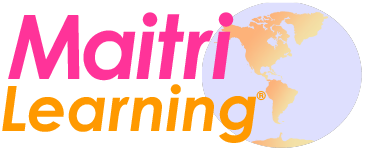
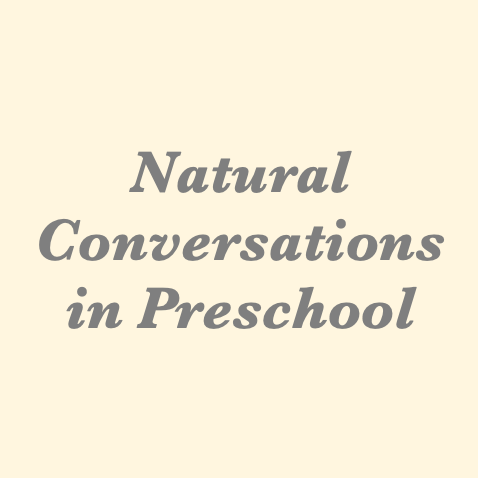
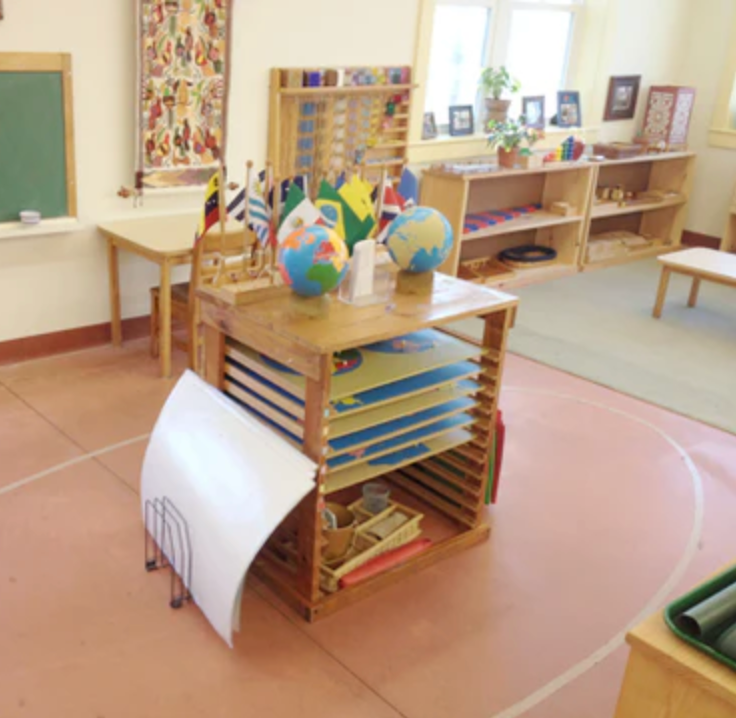



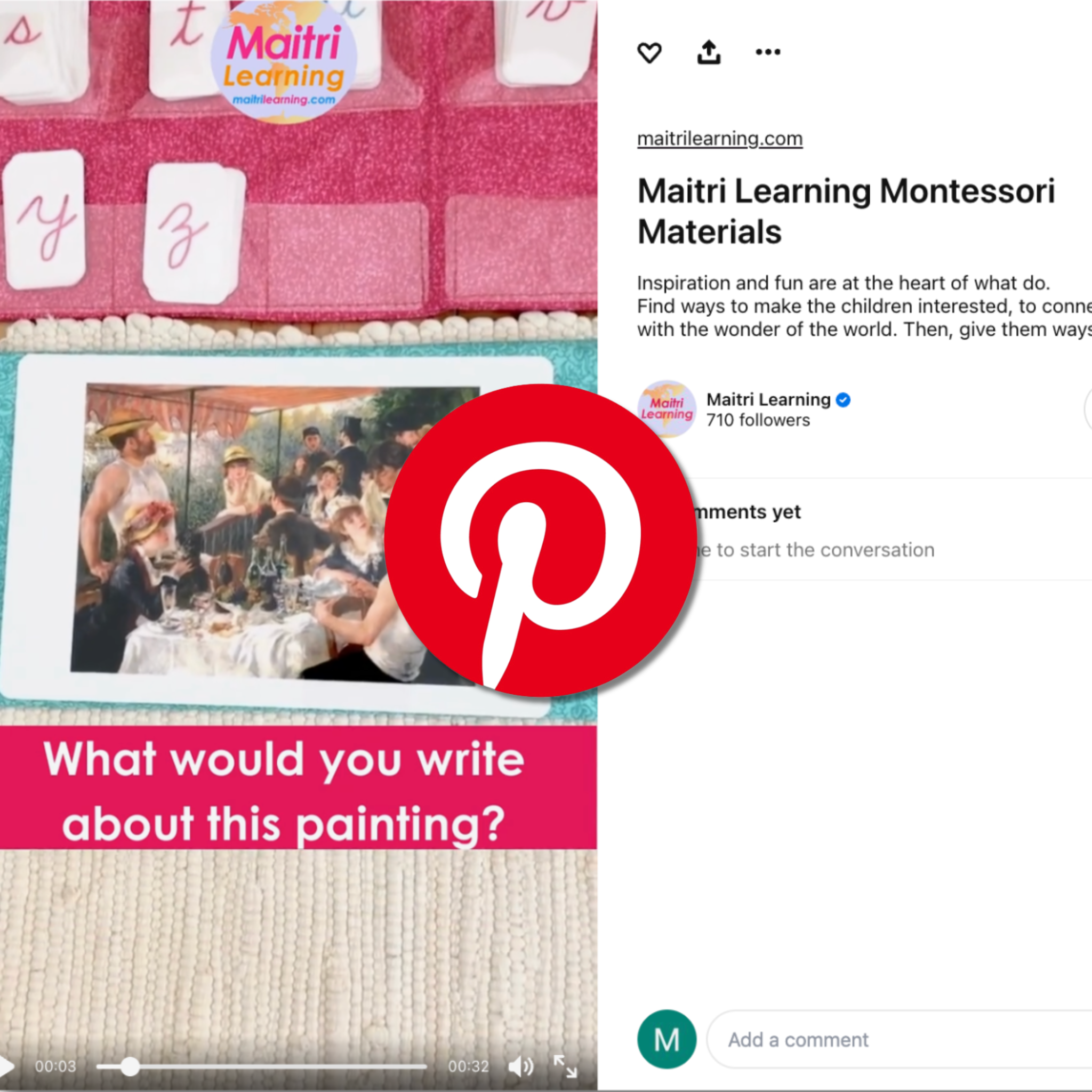
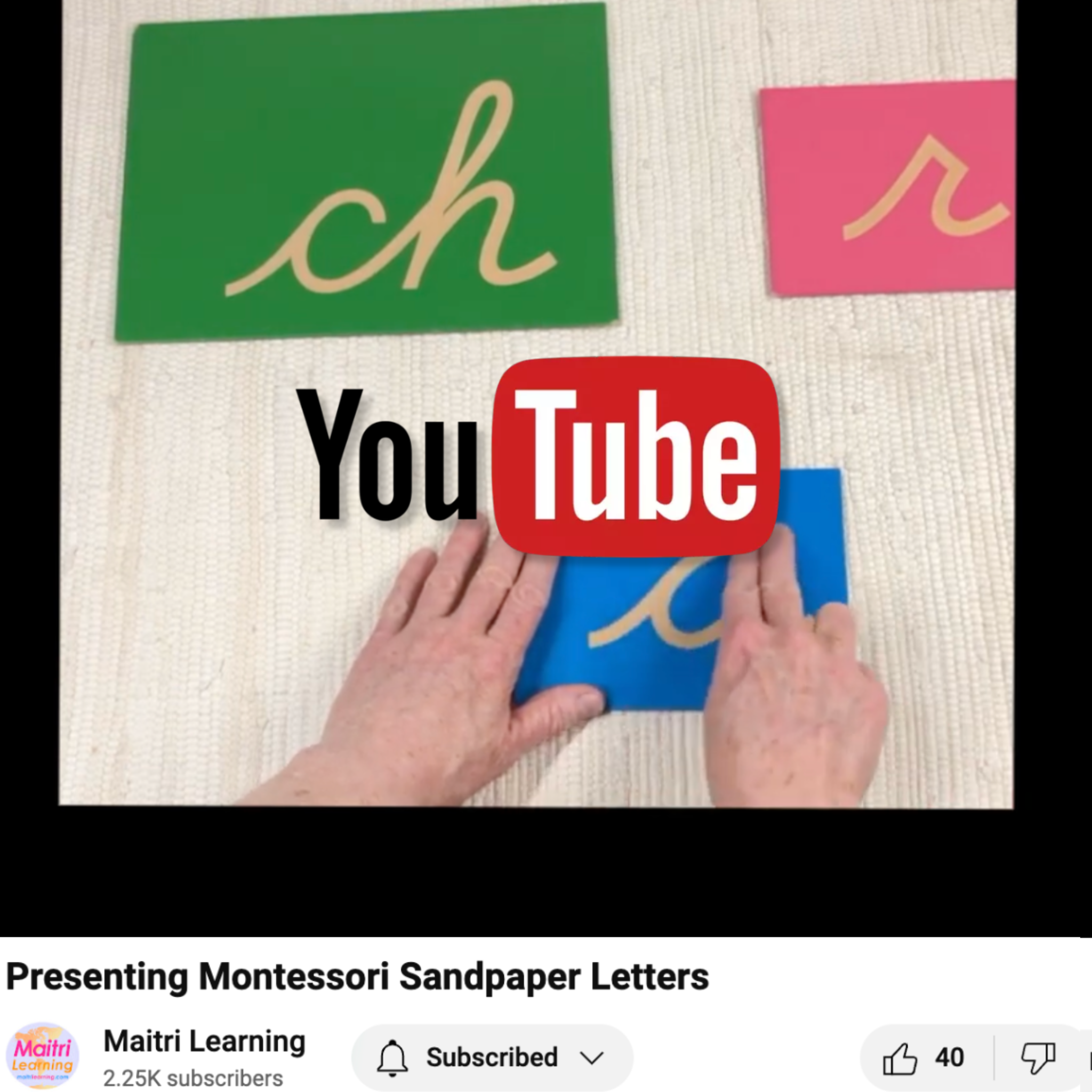
14 comments
Practical and creative! This step-by-step Montessori sound-game sequence makes fostering phonemic awareness engaging, hands-on, and developmentally appropriate.
Sudha Acadamey
Wonderful insights! These Montessori sound games for phonemic awareness foster deep listening, playful exploration, and strong foundational reading skills in young learners.
Sudha Acadamey
Wonderful explanation! Your Montessori sound games beautifully nurture phonemic awareness with fun and clarity. A must-read for early educators!
Sudha Acadamey
Wonderful explanation of Montessori sound games! The focus on phonemic awareness through hands-on activities is perfect for young learners.
Sudha Acadamey
@Sarah B. Ha! You found an editorial mistake! I can’t believe the post has been up all these years and you’re the first one to notice it. I’ve edited the post (finally) to remove that erroneous sentence. Thanks for your precision!
Julia Volkman
Thank you for this sequence of lessons. It’s great! I can apply it in my teaching. I have a question about lesson 2. You say to give the child the first and last sound such as /k/ and /b/. Then…
“Let the children find the cube and then say all of it’s sounds: “kuh you buh.” Then, wait for the children to identify the cube. ”.What do you mean by “wait for the children to identify the cube”? In the step before, they already found the cube.
I’d appreciate your explanation.
Sarah B
@Mary, thank you for this. It’s really important!
@Anonymous, you really don’t need flashcards for this. You can use objects from the environment like a picture, book, spoon, really anything. When you articulate the word, even if it has a blend, be sure to articulate each key sound in the word. So paint would be articulated p-ai-n-t. Frog would be articulated f-r-o-g. Does that make sense? This is what will help them ultimately be able to segment the sounds at level 4. Hope this helps!
Julia Volkman
Dear Montessori Friends,
Please, please, please do not teach sounds with vowels attached! /t/is not “tuh” it is /t/! We do not say cuh-a-tuh! If you do that, it’s really no different from saying to the child see-ay-tee. We say /k//a//t/. I know it is very difficult to explain the sound a letter makes in writing, but you can reproduce the proper sounds to teach by creating a chart for yourself and isolate each sound. If you say in your mind /k/ like cat you get /k/, /f/ like frog (and not fuh), /g/ like goat (and not guh), etc.. Then the child can isolate and identify sounds much more easily.
I’m sorry to sound so preachy and self righteous, but attaching a vowel to consonants impedes the child and is one of the most common and easily avoidable mistakes I’ve heard parents and teachers make for decades.
Mary
good
Mulatu Mekuria
Thanks so much for this. It’ll be a big help for me. I’ll see how it goes with my mixed class (normal and special needs). Do you have any advice for blending?
My kids struggle with this. I’m not sure if its because first and second sounds are mixed? At least that’s what the kids are telling me about my flashcards. I got it from measured mom.
Anonymous
@Hannelore: I’m so glad your assistants are checking out the sound game! They can be playing that anytime they are standing in line or eating snack together. You don’t even have to gather any objects, just notice that someone is wearing ‘sss’ sandals and ‘p’ pants, or ‘rrrr’ red. I need to write a blog about all the amazing spoken language work assistants can be encouraged to do with the children. Their efforts can make a dramatic difference, especially in high poverty areas.
Keep up the good work!
Julia Volkman
@HetA: Thanks. You can also get Lynne Lawrence’s book “Montessori Read & Write.” She is current head of AMI and former Primary trainer in London (and she’s super nice and gave me and my son a tour of the Montessori house when we were in Holland). That book has a lot more detail on the method and how parents can implement it at home.
Good luck!
Julia Volkman
I love you Julia. I was not sure how to present a sound game. I haven’t got any training in Montessori but my son is picking up things so naturally and easily, I wanted to introduce this. This article is a blessing I have come across. Thank you for explaining it so well. Now I can proceed with him with confidence.
HetA
I am forwarding your website address to all of my parents! Your articles and blogs are so informative, especially your sections on the benefits of Montessori practices on brain development! My assistants love your short video section on the sound game. Thank you for sharing your knowledge!
Hannelore Gottschalk
Leave a comment
This site is protected by hCaptcha and the hCaptcha Privacy Policy and Terms of Service apply.